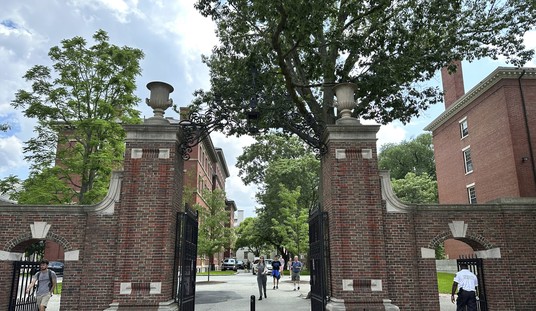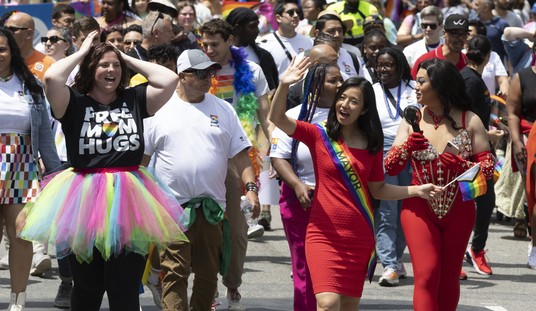I can remember, all too well, the late '70s when I was in high school. In our small eastern Iowa community, the young men (including me) wore what amounted to a uniform: a cap of some sort, normally with the logo of some agricultural equipment manufacturer or automobile company, a black T-shirt with pocket (for smokes), blue jeans worn so long that they dragged on the ground behind your heels, and some kind of boots, usually black engineer boots or ropers. The fun part about all that was that if you looked at photos from the mid to late '50s before the bizarre styles of the '60s kicked in, you saw a very similar look on a lot of young men.
What goes around comes around, in clothing like anything else, and now we see something else making a comeback - short shorts. In the '50s they were called short shorts, in the '60s hot pants, in the '70s Daisy Dukes, and now it seems they are "Micro shorts." It seems some folks are perturbed about this, but honestly, it's nothing new.
"Micro shorts" from Free People likely won’t be the latest style for the spring and summer, according to confused shoppers.
On March 1, the women’s clothing line posted a series of images of its micro shorts line on the Free People Instagram account.
"We are wearing micro shorts this season. Link in bio to shop the styles," the post read.
Over the past month, several Instagram users piled on the post and the product, frequently mocking the absurd size and tightness of the short jeans.
Everyone is, of course, free to wear what they feel comfortable in, as well as what suits their environment. For example, it's unlikely you'll see many women wearing "micro shorts" here in the Great Land, where even mid-summer temperatures rarely break the 75-degree mark.
See Related: Leisure Rules: Even Clothing-Optional Cruises Have Standards, and That's the Naked Truth
American Woman: In Defense of Hannah Barron and the Tomboy
Just to show how not-new this trend is, take a look at this video from 1958:
For an even older example, look at skirt lengths in the 1920s, which were not appreciably different than the length of these shorts in the 1958 video.
The problem with a lot of these transient fashions isn't the style itself, but rather practicality. What's wearable on city streets won't work so well for members of, say, farm or ranch families. But those of us who live out in the countryside don't worry too much about style.
And, of course, there's the issue of people who wear these kinds of styles who, frankly, shouldn't. I'll leave that to the imaginations of the readers.
What goes around, comes around. For all we know, the next big thing may be Elizabethan-era neck ruffs.
Here's the thing, at least in my estimation, about style choices like this: A strong plurality, at least, if not an outright majority of people, simply aren't slaves to fashion, choosing instead to go along with what is a) practical and b) comfortable. When I'm heading to town, you'll find me in substantially the same attire as I describe in the first paragraph, although my jeans don't drag on the ground anymore, and the Alaskan climate requires a flannel shirt over the black T-shirt - and I no longer have a pack of smokes in the T-shirt pocket.
There's probably a societal study to be done here regarding different aspects of society and the fashions that accompany them; one could, perhaps, see if there is any correlation between various clothing trends and the several steps of the Strauss-Howe Generational Theory. But that's a discussion for another day.














Join the conversation as a VIP Member